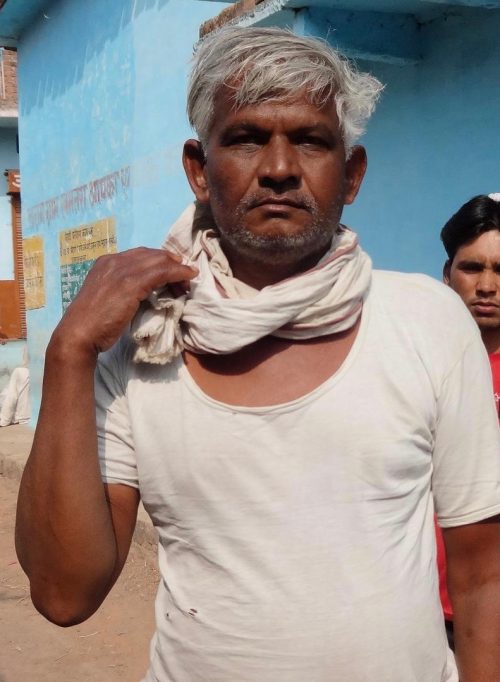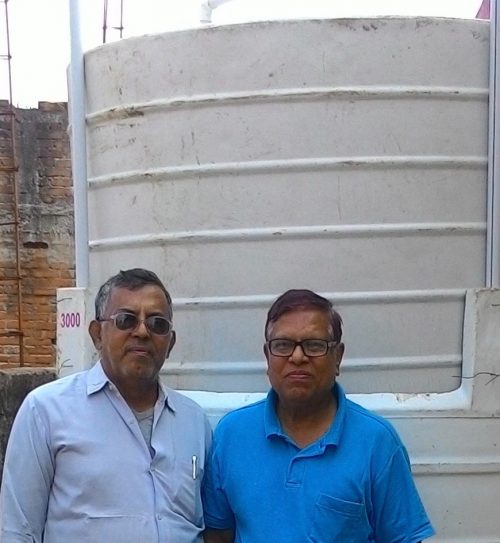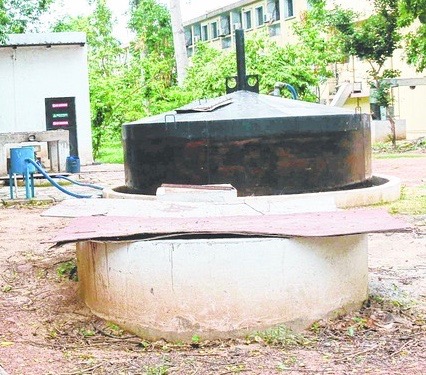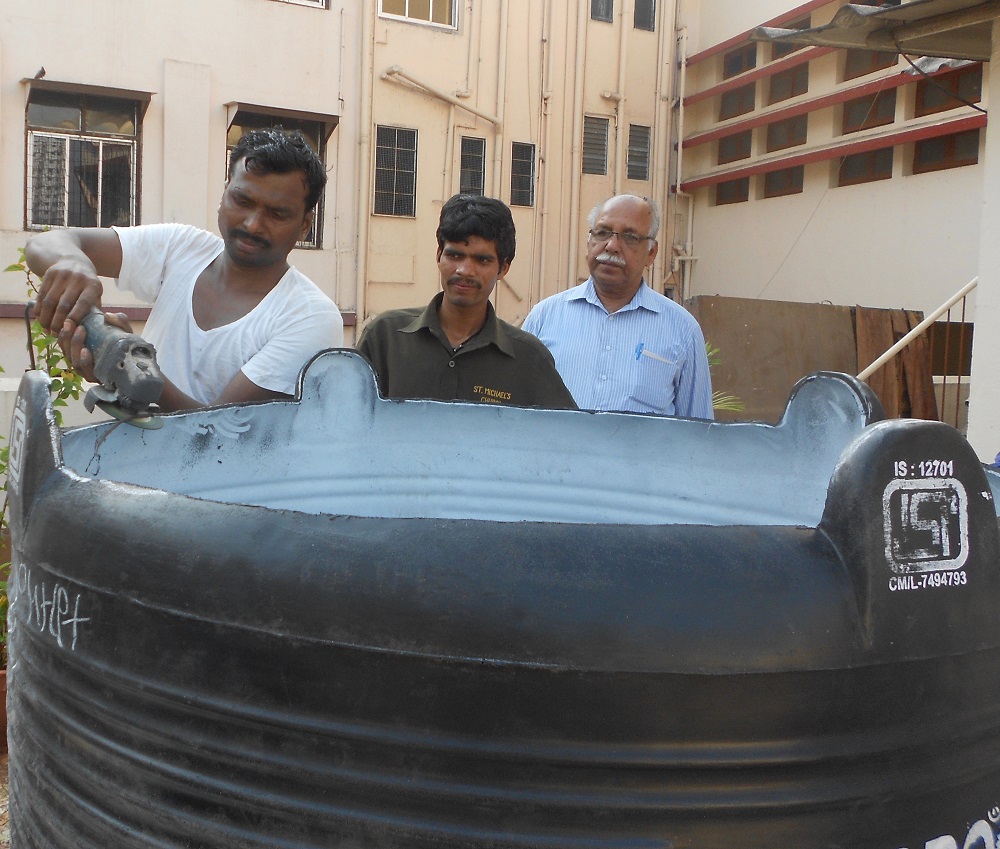Six Success Stories in India That Will Show You How Biogas Can Save Money, the Environment, & More!
Biogas can help improve lives of people and communities and bring economic and environmental benefits. Here are five examples to illustrate its advantages:

Ever since the first modern biogas digester was built in India in 1859, about 4.5 million units have come up all across the country. The first digester produced gas from human waste to light lamps at the Matunga Leper Asylum in Bombay (now Mumbai). The idea spread to England where biogas was used to light street lamps, and then to China, which now has over 43 million biogas units.
Biogas can help improve lives of people and communities and bring economic and environmental benefits. Here are five examples to illustrate its advantages:
1. Khamtara village in Katni district, Madhya Pradesh:

This village has 150 biogas units. They range from two to four cubic metres in size depending on the number of animals owned by a household. Built between 1995 and 2005 under a government programme, these units continue to function a decade later.
The main reason for the village’s success is “Super Mason” Rajaram who built 100 of these biogas plants – including a two cubic-metre unit for himself. Though Rajaram has no animals, he secures dung from his neighbours. The innovative mason has even connected his toilet to the biogas digester. Rajaram has also trained masons from other villages so they can install digesters on their own. He takes care of problems whenever they crop up.
Villagers say more than 100 bullock carts of firewood (about 20 tonnes) were brought into the village each year from nearby forests before biogas came to Khamtara. Each cart used to cost Rs 1,000. After the installation of biogas plants, people stopped cutting trees for firewood. All those involved in the firewood business are now engaged in other occupations.
Biogas also has an important health benefit. There has been an estimated 80% reduction in the quantity of smoke in Khamtara’s kitchens. Most rural kitchens use firewood that leads to indoor pollution. About two million people in India (mostly women and children) suffer from asthma, cancer, eye and nose problems, associated with this pollution every year. Using biogas can reduce these risks. Villagers also say that since the installation of biogas, fights and squabbles on petty issues have declined in the village and co-operation among neighbours has increased.
2. Methan village in Patan district, Gujarat:
Methan village is another example of biogas success. Dudh Sagar Dairy and Gujarat Energy Development Agency built India’s largest biogas system here in 1987. It supplies gas to 326 of the 500 households through underground pipes. Each family pays Rs. 50 per month for the gas.
A tractor brings 2.5 tonnes of cow dung from the village every day, which is put into eight giant tanks with a capacity to produce 630 cubic meters of gas. This saves 500 tonnes of firewood each year, gives clean fuel, and reduces the risk of diseases. By substituting biogas for wood, this village avoids over 860 tonnes of carbon-dioxide emissions per year, reducing the impact on climate change.
3. The Karunalaya Leprosy Care Centre in Puri, Odisha:

This centre looks after 1,000 people living with leprosy. The centre also runs a high school, a home for children of leprosy patients, a small hospital, and an orthopaedic workshop. A three cubic metre-biogas unit run on animal waste is the latest addition. While earlier the centre used to buy four LPG cylinders a month for the kitchen, the number has reduced by half since the installation of the biogas unit.
4. The Xavier School of Management (XLRI), Jamshedpur, Jharkhand:

XLRI converts about 400 kilos of food waste to energy as part of its programme to reduce carbon emissions. Food waste from the college’s five cafeterias go into a giant biogas digester that generates gas equivalent to two LPG cylinders per day, or about a fifth of the kitchen fuel needed to feed 1,100 students on campus.
5. Most biogas units in rural India run on cow dung, and some in urban areas run on food waste. We decided to experiment with flower waste at two places of worship: a temple in Bangalore and a church in Mumbai.

On the terrace of Venkateswara temple in Vidyaranyapura, Bangalore, we set up a there cubic-metre biogas unit with the help of Mr. Devendra Goyal, a retired squadron leader of the Air Force. The unit is run on flower offerings from devotees, some food waste, and occasionally some cow dung.
At St. Michael’s Church in Mahim, Mumbai, flowers from Wednesday’s special service are collected at the end of the day. The threads removed and flowers are soaked in a bucket of water. The soaked material then goes into a biogas digester to produce gas for use in the kitchen. Slurry, an important by-product is used as liquid fertilizer in the church’s garden. The entire cost of investment to set up this system was about Rs. 20,000 and it has been recovered within two years. Earlier, the wilted flowers used to go into a municipal dump as waste. They have now become a valuable resource.
The flower experiments have implications beyond the temple and church. Mumbai generates about 200 tonnes of flower waste a day. If 5 kg flowers collected in Mahim church can produce about 1.5 hours of biogas each day, imagine how much gas can 200 tonnes produce? This gas can run a fleet of 400 city buses every day.
So the message is clear: garbage is not waste, but a valuable resource that should not be wasted. Also, wet cow dung used in a biogas digester produces cleaner fuel than dry dung used in a chullah.
(Written by Emmanuel D’Silva and Narendra Jindal)
For more information, write to Emmanuel and Narendra at [email protected] and [email protected]
Like this story? Or have something to share? Write to us: [email protected], or connect with us on Facebook and Twitter.
NEW: Click here to get positive news on WhatsApp!
If you found our stories insightful, informative, or even just enjoyable, we invite you to consider making a voluntary payment to support the work we do at The Better India. Your contribution helps us continue producing quality content that educates, inspires, and drives positive change.
Choose one of the payment options below for your contribution-
By paying for the stories you value, you directly contribute to sustaining our efforts focused on making a difference in the world. Together, let’s ensure that impactful stories continue to be told and shared, enriching lives and communities alike.
Thank you for your support. Here are some frequently asked questions you might find helpful to know why you are contributing?


This story made me
-
97
-
121
-
89
-
167













